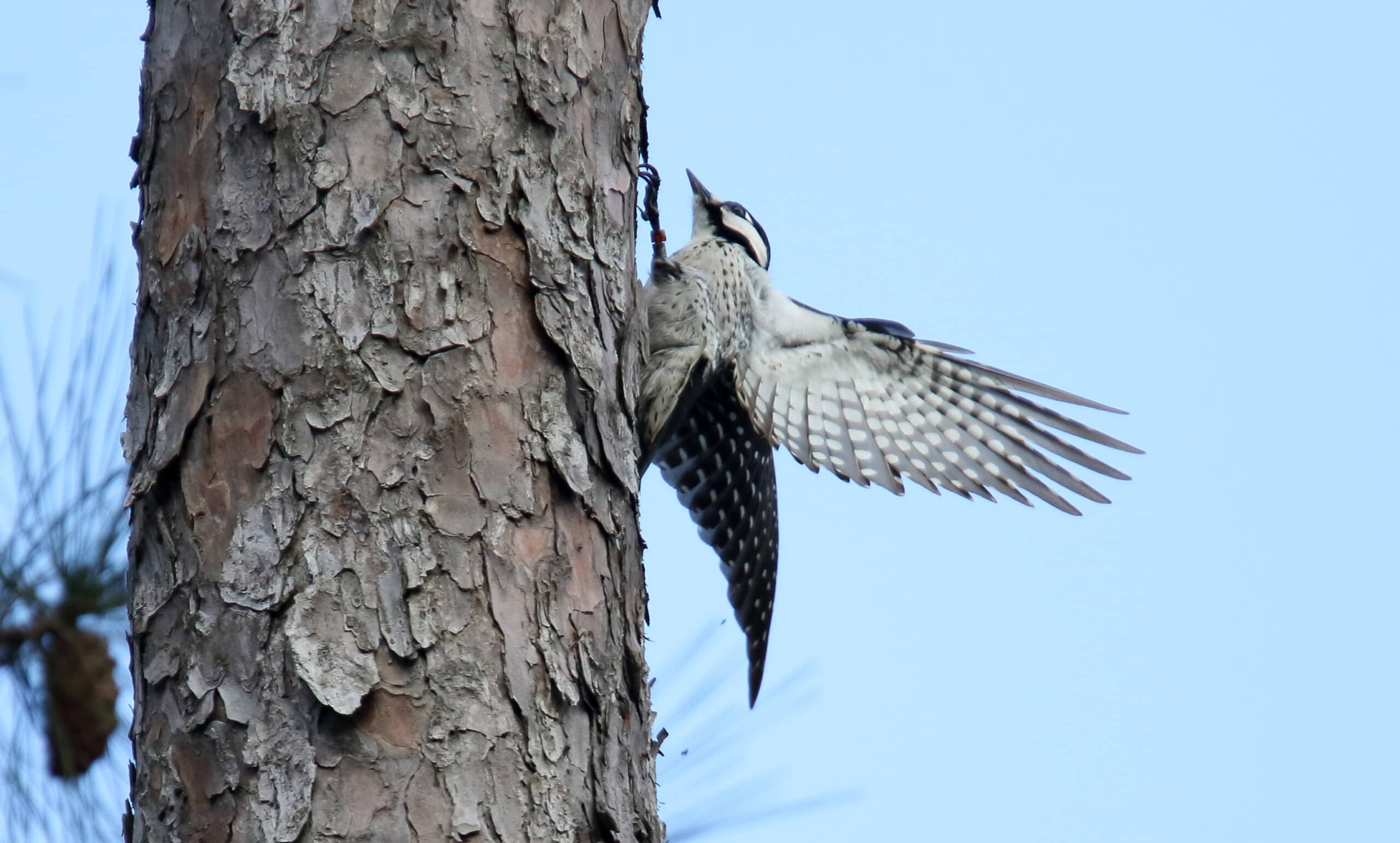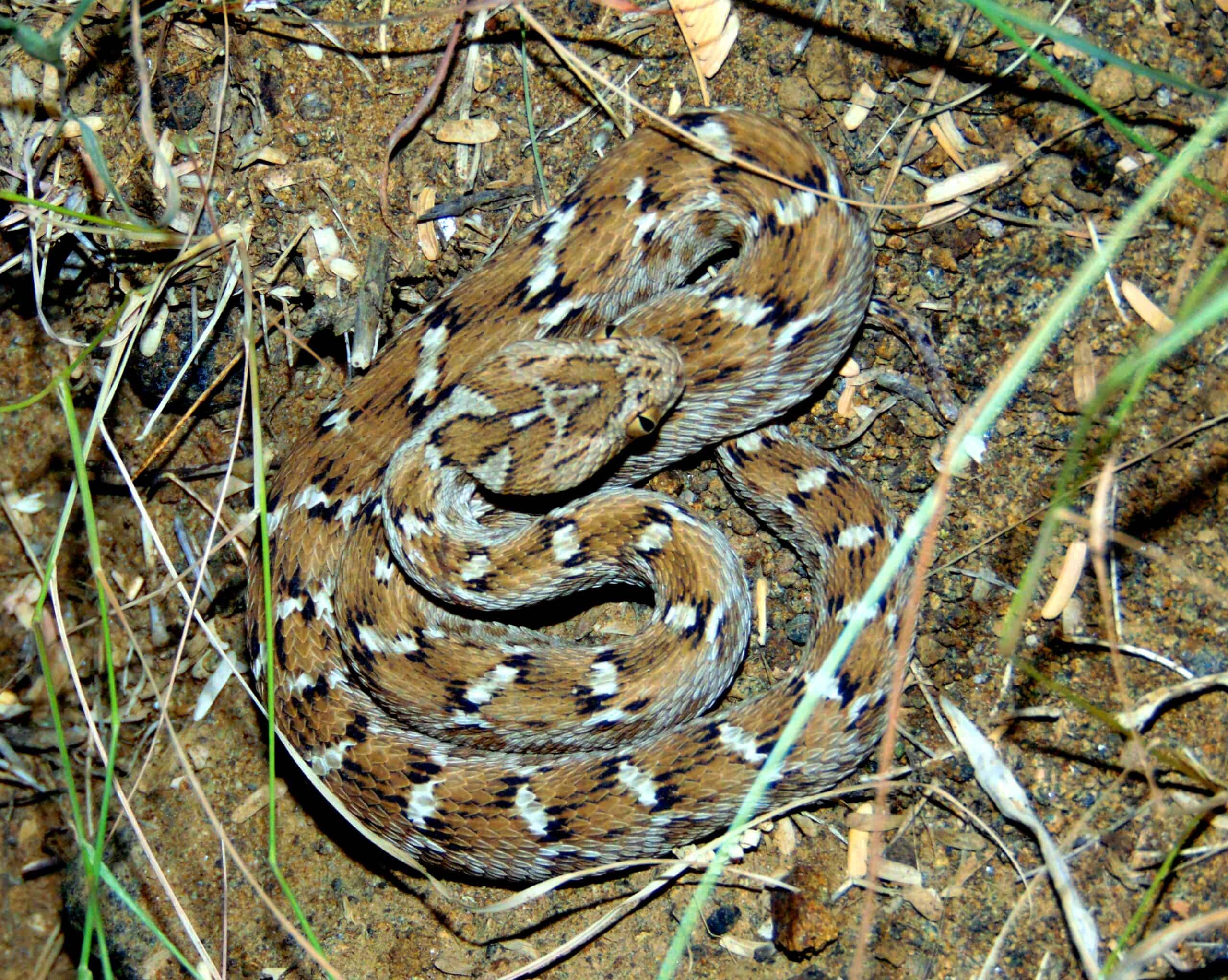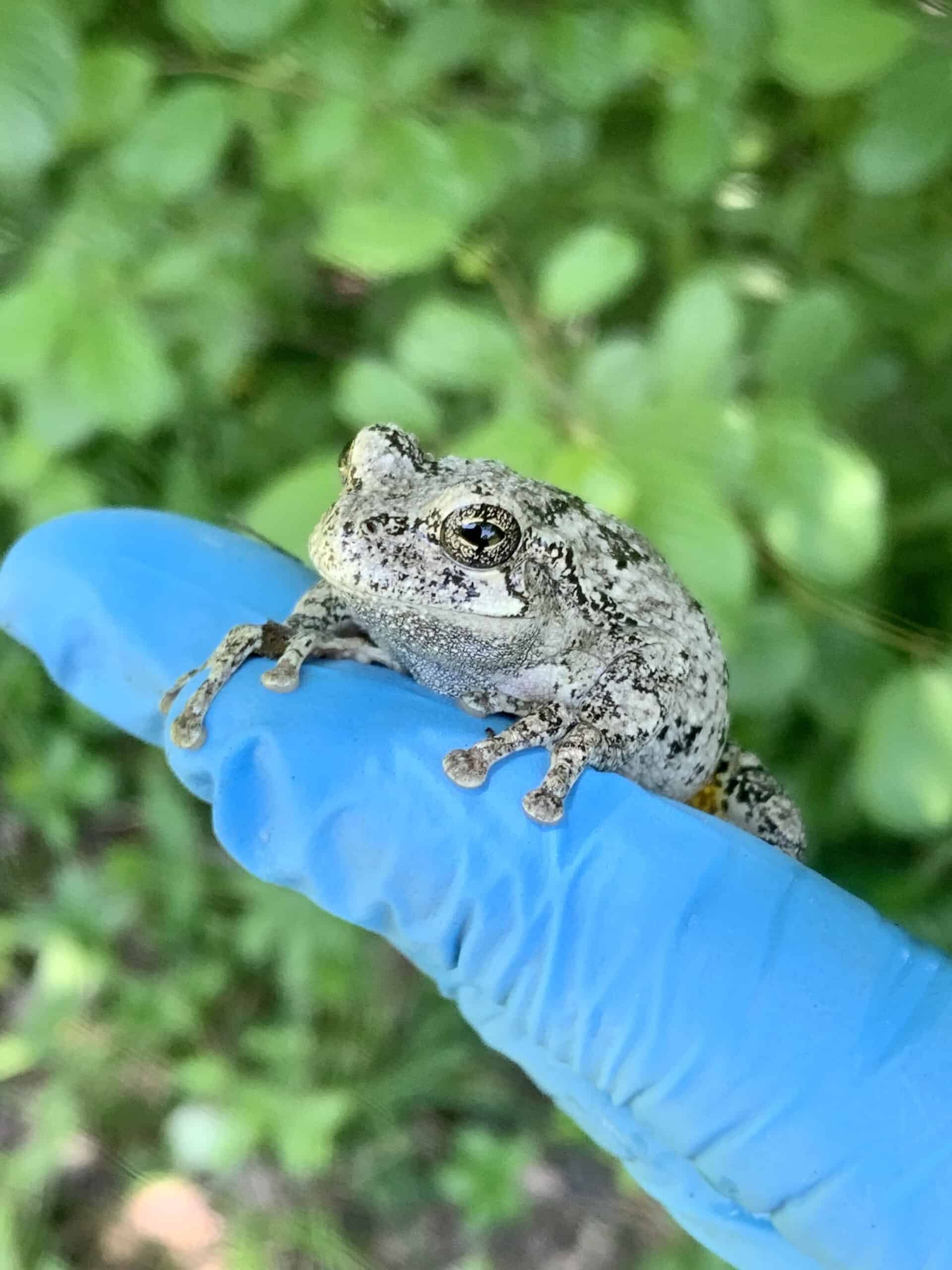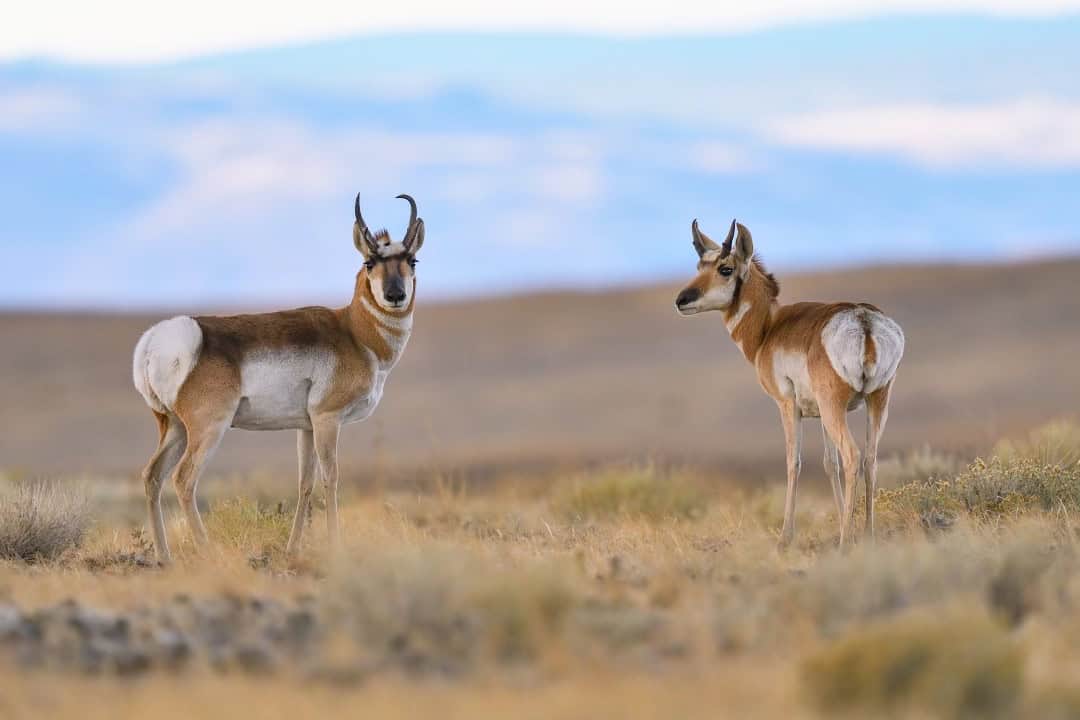Share this article
Wildlife Featured in this article
- Red-cockaded woodpecker
- Spotted owl
Climate poses greatest threat to North American birds
Specialist birds are at an elevated risk
A number of factors put birds at risk, from pesticides to pollution to habitat loss, but none have as great an effect as climate change, researchers have found.
In a recent study published in Global Environmental Change Advances, researchers found climate change plays the greatest role in ongoing bird declines in North America. That’s particularly true for specialist birds with specific habitat and diet needs.
“Many studies try to attribute causes like climate or land use change to bird population decline based on field-level observation. However, there has been no large-scale statistical analysis that puts together historical data on biodiversity and climate for North America,” said study co-author Luoye Chen, an assistant professor at the Hong Kong University of Science and Technology. Chen completed the research during his doctoral work at the University of Illinois Urbana-Champaign.
The study relies on data from the North American Breeding Bird Survey, which gathers field observations of more than 400 bird species across the continent each spring. Pairing population trends between 1980 and 2015 with climate data from the same timeframe, the researchers found a modest but significant dip in the number and diversity of birds overall, and a larger drop for specialist and migratory groups. The analysis also projects scenarios for the years 2095 to 2099, with still greater declines.
“Even after controlling for a lot of other things, we see that climate change has a significant negative impact on birds,” said co-author Madhu Khanna, director of the Institute for Sustainability, Energy and Environment at Illinois. “This is just one more reason we need to make serious efforts to mitigate climate change as soon as possible.”
Researchers found common birds, like sparrows, generally declined about 2.5% in the past 35 years, with projected declines between 1 and 3% by century’s end.
Specialist species like the red-cockaded woodpecker (Leuconotopicus borealis), considered endangered by the U.S. Fish and Wildlife Service, and the spotted owl (Strix occidentalis), two subspecies of which are considered threatened, have more specific habitat and diet requirements, putting them at greater risk in a changing environment. The study found climate was responsible for about 5% of their decline between 1980 and 2015, with losses up to 16% projected by 2099.
Specialist species also include some migratory birds that may have trouble keeping up with a changing environment. “These birds have generations-long patterns of migration,” Khanna said. “They’re going to migrate no matter what, and they don’t know what’s waiting at the other end. It may be too hot or dry for them.”
Header Image: Specialist species like the red-cockaded woodpecker are at a greater risk from climate change. Credit: Dominic Sherony








